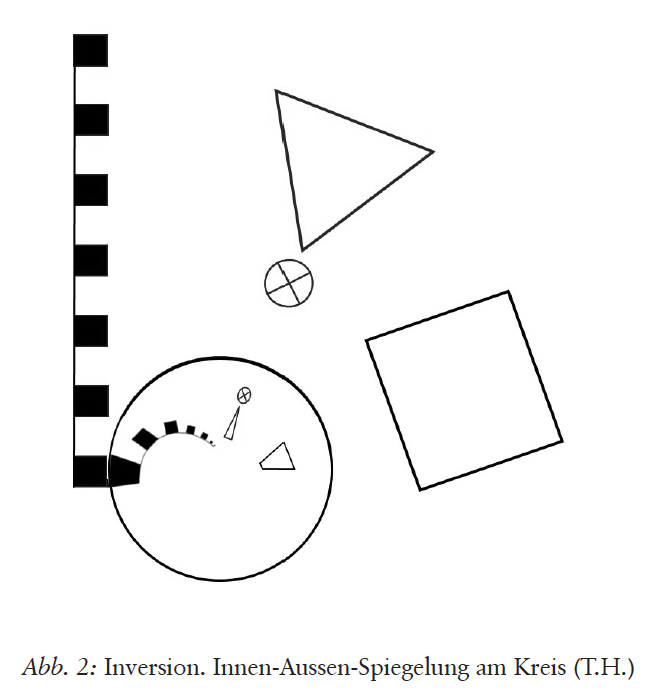Rare Biosphere – eine verborgene Quelle
Elemente der Naturwissenschaft
119,
2023,
P.
57-64 |
DOI:
10.18756/edn.119.57
Research Review | Language: German | Open Access
Export Article Citation as
- Plain text
- BibTeX
- RIS format
- Download price : € 0.00
Abstract:
Unter «rare biosphere» verstehen wir heute die (extrem) seltenen Arten innerhalb mikrobieller Gemeinschaften. Ihre Bedeutung für die Multifunktionalität, Stoffwechseldynamik, Stresstoleranz und damit für die Gesundheit und «Lebendigkeit» von Ökosystemen rückt in jüngster Zeit immer mehr in den Fokus des Interesses.
Standardmethoden der Kultivierung erfassten bis vor wenigen Jahren gerade einmal 0,1 % der mikrobiellen Arten in Böden, Gewässern und Därmen von Mensch und Tier (Fuhrmann 2009). Die modernen Hochdurchsatz-Sequenzierungstechnologien eröffnen nun einen viel umfassenderen Einblick in die höchst dynamische und vielfältige Welt der mikrobiellen Ökosysteme.

